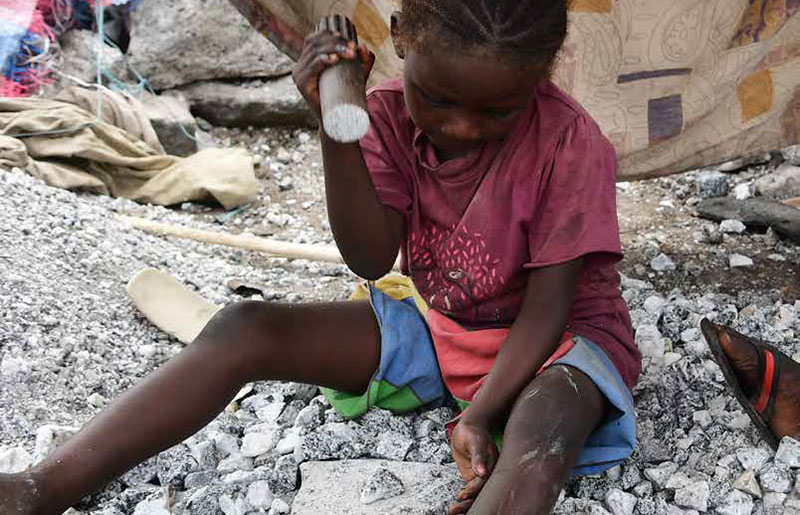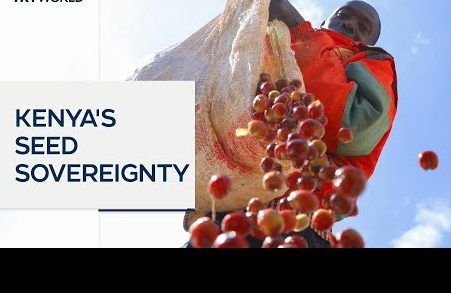
In the fields of Busoga and the sprawling refugee settlements of northern Uganda, childhood often ends too soon.
Children who should be in classrooms are instead hauling sugarcane, digging in quarries, hawking on street corners, or, in the darkest cases, trapped in sexual exploitation. The practice is not hidden; it is woven into the fabric of survival for families facing grinding poverty, displacement and hunger.
A new policy brief from the Lutheran World Federation (LWF) lays bare just how entrenched child labour has become. It paints a picture of young lives derailed by dangerous work, children burned while making charcoal, cut by machetes while collecting firewood, bruised under the weight of construction loads, or lured into transactional sex when no other options remain.
The report does not stop at statistics. It speaks of more than 700 child-headed households recorded in refugee settlements by mid-2024, minors left caring for their siblings while their own childhood slips away.
“Children are denied education and ex- posed to exploitation, abuse and long-term poverty traps,” explained counsel Edirne Wanyama, who presented the findings. He blamed weak enforcement, entrenched cultural practices and a system where employers bribe their way out of accountability.
For many parents, he added, sending children to work is not cruelty but a desperate survival strategy. In Busoga, the crisis has become especially stark. The once-thriving sugarcane outgrower model has pushed families into a corner. With land lost and incomes dwindling, parents pull children out of school to cut cane in the fields.
Minister of State for Labour, Employment and Industrial Relations, Esther Davinia Anyakun, did not mince words: “Families have lost land, their main form of livelihood. They are compelled to withdraw their children from school and send them to the sugarcane plantations.”
Her acknowledgment was significant. For years, critics have accused the government of downplaying the scale of child exploitation in both refugee settlements and agricultural regions. Uganda now hosts the largest refugee population in Africa and the second largest in the world, but as foreign aid dwindles, refugee children are among the first to be pushed into labour.
The Lutheran World Federation has tried to intervene. Between 2022 and 2024, its Uganda program reached more than 400,000 children annually, the majority of them refugees. It created child-friendly spaces, supported victims of gender-based violence, offered psychosocial services, and provided income-generating activities to youth on the edge of adulthood.
The organization boasts some hard-won successes: 921 children removed from labour, households engaged in child labour reduced from 94 per cent to 45 per cent, and 37,000 children and youth reached with awareness campaigns in local languages.
In Kamuli district, an ordinance on child rights protection has been drafted and awaits the attorney general’s certification. But for every child pulled out of a quarry or plantation, countless others take their place.
“Child labour remains a persistent threat, bringing harm to the physical and mental health of children, disrupting their education, and violating their rights,” Her appeal was blunt: “Let us take bold, coordinated action. Strengthen laws. Expand access to education and social protection. Ensure due diligence in supply chains. Monitor and enforce.”
Minister Anyakun praised LWF’s evidence-driven approach, calling it a critical tool for policymaking. She also made promises. Uganda’s 2006 National Child Labour Policy, she admitted, is outdated.
It does not cover refugee realities or agricultural value chains like sugarcane, where child exploitation thrives. Reforms are underway, she said, and for the first time, the government has set aside Shs 2 billion in the 2025/26 budget specifically for combating child labour.
She grounded her remarks in the Constitution itself: “Under Article 34(4), the government has a clear duty to protect children from social and economic exploitation,” she said. “We must uphold that duty.”
What makes this moment different is the convergence of voices. A respected international NGO has provided hard evidence, a government minister has publicly recog- nized the problem in blunt terms, and the broader public is beginning to grapple with the consequences.
This alignment does not guarantee change, but it signals that the issue can no longer be ignored or dismissed as isolated. Uganda’s child labour crisis is not just about lost school days. It is about a generation condemned to repeat the cycle of poverty and vulnerability if systemic interventions are not made. As displacement grows and poverty deepens, the stakes rise.



